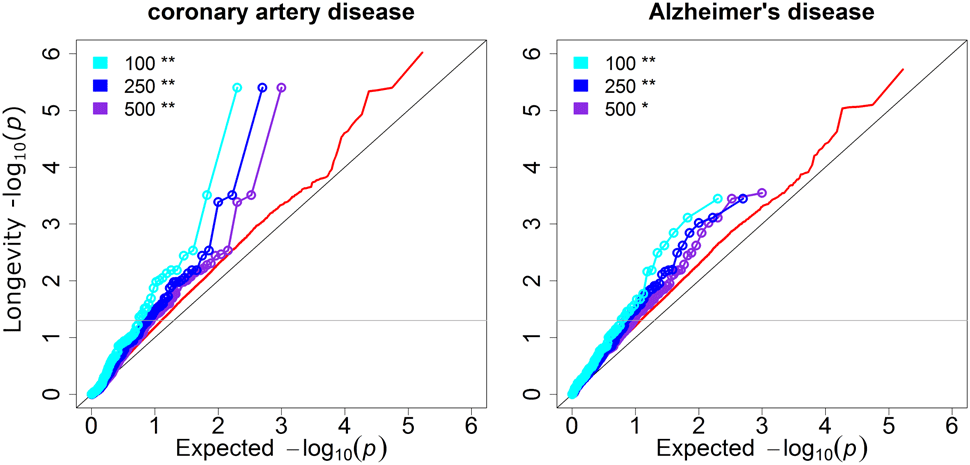
26th December 2015 New genes associated with extreme longevity identified A new Big Data statistical method has identified five longevity loci, providing clues about the physiological mechanisms of successful aging.
Centenarians – that is, people who live to be 100 or more – make up around 0.1% of the 40 million U.S. adults aged 65 and older. These individuals demonstrate successful aging as they remain active and alert even at very old ages. In a study this month, scientists at Stanford University and the University of Bologna have uncovered new clues about the basis for longevity, by finding genetic loci associated with extreme lifespans. Previous research has indicated that centenarians have health and dietary habits similar to the average person, suggesting that factors in their genetic make-up could contribute to successful aging. However, prior studies have identified only a single gene (APOE, known to be involved in Alzheimer's) that was different in centenarians versus normal agers. The results from this latest study indicate that, in fact, several disease variants may be absent in centenarians versus the general population.
The report by Kristen Fortney and colleagues, published in PLOS Genetics, is an example of using Big Data to glean information about an extremely complicated trait such as longevity. To find the longevity genes, they first developed a new statistical method, known as informed genome-wide association studies (iGWAS). This took advantage of existing data from 14 diseases to narrow the search for genes associated with longevity. By using their iGWAS method, the scientists found five longevity loci, providing valuable clues about the physiological mechanisms for healthy aging. These loci are known to be involved in various processes – including cell senescence, autoimmunity and cell signalling, as well as Alzheimer's disease. The incidence of nearly all diseases increases with age, so understanding the genetic factors for successful aging could have a large impact on health. Future work may lead to a better understanding of precisely how these genes enable successful aging. Future studies could also identify additional longevity genes by recruiting a greater number of centenarians for analysis.
Comments »
|








